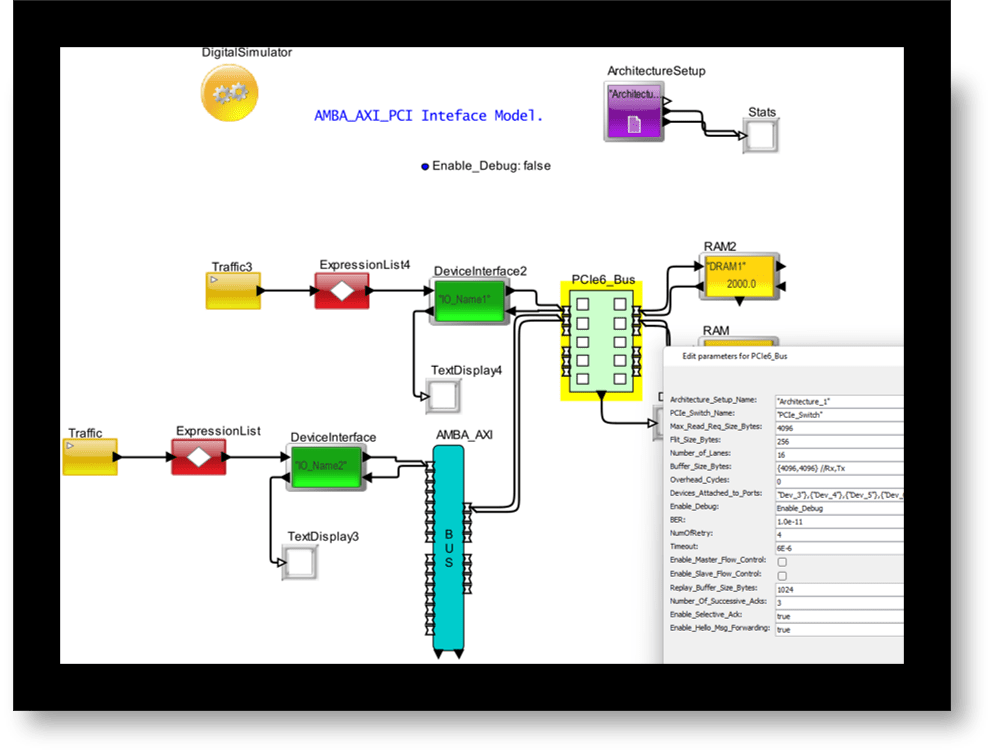Architecture exploration in electronics refers to the process of evaluating and comparing different design architectures for electronic systems to determine which one is the best fit for a given set of requirements and constraints. This process involves analyzing the trade-offs between different architectures in terms of factors such as performance, power consumption, cost, and complexity.
When delving into architecture exploration in electronics, we embark on a comprehensive journey of evaluating and comparing myriad design schematics for electronic systems. Analogous to perusing through store windows in search of the ideal product, we meticulously assess each design’s suitability vis-a-vis our requirements and constraints. This entails a thorough examination of the merits and demerits of each blueprint, including its performance capabilities, power consumption, cost implications, and level of complexity.
Throughout the process of architecture exploration, engineers leverage sophisticated tools such as simulation and modeling to gain insights into how different designs behave across varying scenarios. Additionally, considerations extend to factors like the availability of necessary components and the scalability of the design to accommodate future enhancements seamlessly. Ultimately, the overarching objective remains the discovery of the optimal design solution—one that fulfills our functional requirements, remains cost-effective, and boasts a manageable level of intricacy in both assembly and maintenance.
